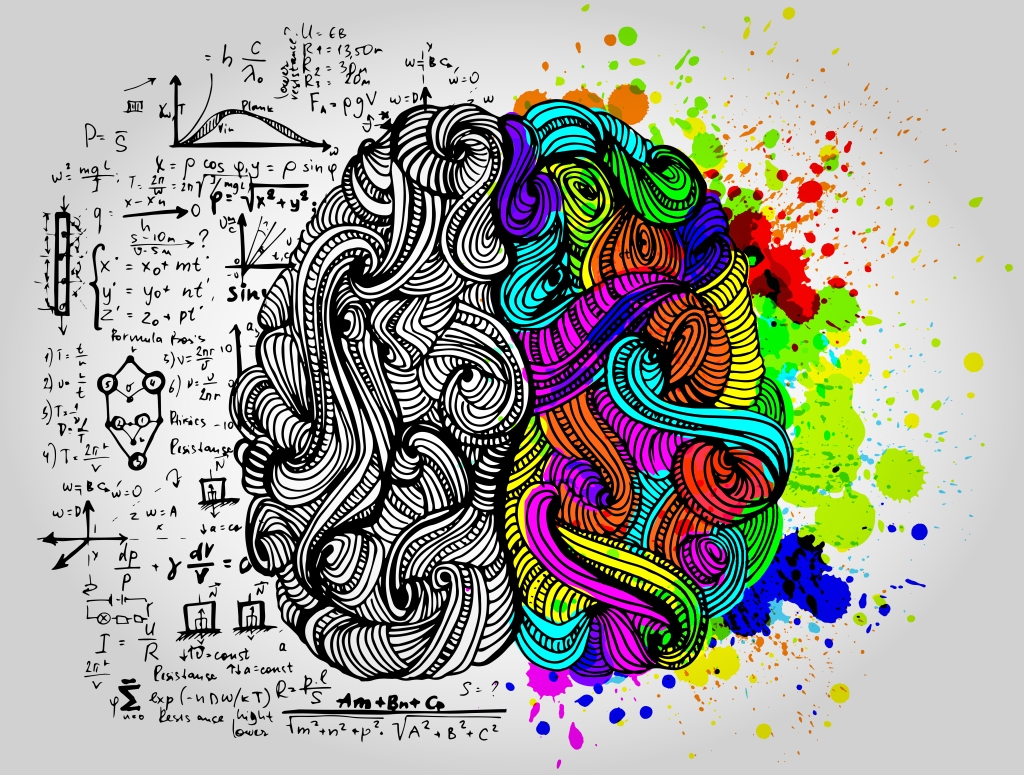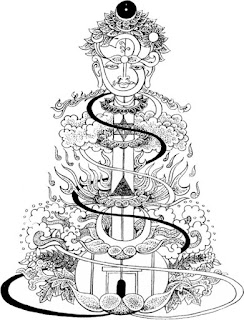Cognitive psychology and Yoga
This is also firmly embedded in yogic psychology and the remedies for improper, inaccurate, or unhelpful thoughts are deeply similar in these two modalities.
Cognitive psychologists, have outlined a thought/behaviour map that looks something like this, The combination of our core beliefs, and assumptions about life and self, combined with triggers or life events can likely cause negative automatic thoughts, which then lead to depressive or negative emotions and behaviours.
Cognitive psychologists, have outlined a thought/behaviour map that looks something like this, The combination of our core beliefs, and assumptions about life and self, combined with triggers or life events can likely cause negative automatic thoughts, which then lead to depressive or negative emotions and behaviours.
Yoga similarly holds that view and asserts that it is the modifications of mind based on a false beliefs about oneself which lead to suffering, illusion, and ignorance.
 To remedy this, Cognitive psychologists help clients identify their core values and beliefs which are erroneous or unhelpful as well as the many automatic negative thinking errors we may entertain. The therapist then helps the client create counter-active or corrective thought processes to be used when the client perceives that he/she may be stuck in a thinking error.
To remedy this, Cognitive psychologists help clients identify their core values and beliefs which are erroneous or unhelpful as well as the many automatic negative thinking errors we may entertain. The therapist then helps the client create counter-active or corrective thought processes to be used when the client perceives that he/she may be stuck in a thinking error.
Similarly, In the Yoga sutras of patanjali, chapter two, text 33, the great sage writes.
"Upon being harassed by negative thoughts, one should cultivate counteracting thoughts."(Bryant, Edwin F).
Practical use
This idea has far reaching practical applications. The basic misconception or thinking error in life which is responsible for the majority of all suffering, is the confusion of self for that which is not self.
To correct this faulty core belief, the yogi must develop the attitude of "I am Brahman, spirit!" This is the corrective thought process given throughout all Sanatana dharma texts, but due to the nature of ego which is to attach to anything and everything it can grasp, the yogi must utilise the complex systems of yoga in order to counteract this core mistake at various levels of being, including physical, emotional, mental , value , and Identity.
To correct this faulty core belief, the yogi must develop the attitude of "I am Brahman, spirit!" This is the corrective thought process given throughout all Sanatana dharma texts, but due to the nature of ego which is to attach to anything and everything it can grasp, the yogi must utilise the complex systems of yoga in order to counteract this core mistake at various levels of being, including physical, emotional, mental , value , and Identity.
Thus the five-fold processes of Agamic yoga emerged as Kriya, Yoga, Jnana, charya, and Sahaja/Raganuga, which work on these five fold levels of being, generally presented as the 5 primary chakras of the body.
It is beautiful to witness the emergence of psychology and yoga in the 21st century in such a way which we can access and verify these various modalities in a objective and rational way. It is very impressive to see the validity of yogic psychology and therapy confirmed by modern scientific methodology.
I hope this article helps to shed some light on how you may remedy some of the suffering and problems within your life by identifying the various acting/feeling/thinking/value/identity errors and utilising corrective counter-acting measures to correct them.
Let me know what you think, did this help at all?
Jai nitai!
References:
Bryant, Edwin F.. The Yoga Sutras of Patañjali: A New Edition, Translation, and Commentary (Kindle Locations 6376-6377). Farrar, Straus and Giroux. Kindle Edition.
Cognitive therapy of depression, Beck, Aaron T et al.(1979)




Comments
Post a Comment